Morane Saulnier M.S. 406
No matter that it is not one of the top performers, the Morane Saulnier MS 406 was without doubt a most important French fighter at the outbreak of WW2 and most the numerous fighter type in WW2. It was the very first to fly faster then 400 km/h and was built in great numbers, more then 1000 delivered to Armee de l’Air. In its main aspect it was similar to the Hurricane and it played a very important role in the aerial fight over France until the armistice.

The Morane Saulnier MS 406 was the result of the specifications C1 from the Service Technique Aeronautique released in 1934 and with request for a modern fighter plane which was to replace in service older types of fighters like the Dewoitine 500. There were two responses for this specification, Bloch 150 and Morane Saulnier MS 405. Both machines were of the modern construction. Low wing with retractable landing gear and enclosed canopy but Morane Saulnier MS 406 was of mixed construction while the Bloch fighter was all metal construction and powered with radial engine. Morane Saulnier MS 405 was designed under team led by Rene Gauthier and the prototype was constructed in Piteaux near Villacoubly near Paris and construction was a composite of wood and aluminum elements. Armament was central type, cannon firing through engine shaft and two machine guns in wings.

Early production and deployment
The first prototype of the Morane Saulnier MS 405 made its maiden flight at August 8, 1935 with Michel Detroyat at control. Construction was mixed, wood, metal and fabric. This first prototype encountered some instability in flight and wing diheral was changed later. It was used as a demonstrator during the promotion sales for the possible foreign users and after 180 flights it crashed at 8. December 1937. The second prototype also suffered from a few accidents but no matter at all, the new type was proven a very useful machine and Ministre de l“Air ordered the first 16 pre series machines on 1. March 1937.

The very first batch was Morane produced at Velizy-Villacoublay under the 405 designation and were delivered from February 1938 Samples from this production batch were used in the evaluation testings in CEMA. Result of this test was a new order for 90 samples now designed as Morane Saulnier MS 406 and it was powered by a Hispano Suiza 12Y-31 860 hp with a retractable radiator. No matter that Morane-Saulnier was the designer but the company had no industrial capacity for mass production and they produced a limited number of this aircraft . Manufacture was performed by nationalised factories SNCAO Nantes (Bouguenais) control and final assembly and manufacture rate was 150-200 machines per month. SNCAO produced the main core, about 1,000 aircraft in one year, starting January 1939. Then switched after retooling to LeO 451 bomber production. The MS 406 was a complex airplane to build, which required 16,000 hours of work per unit.

The First unit to recieve the type for operational test was 2nd Escadrille from 7th Gruppe de Chasse based at Rheims which received some numbers of the new fighter during May 1938. They suffered from a few incidents and experience gained in the unit was used to upgrade this type during manufacture.

Variants
M.S.405
The Morane-Saulnier M.S.405 was a low-wing monoplane of mixed construction, with fabric-covered wooden tail, but a bonded metal/wood material (Plymax) skin fixed to duralumin tubing. Plymax consisted of a thin sheet of duralumin bonded to a thicker sheet of plywood.
Hispano-Suiza HS 12Y-grs engine, rated at 860 hp, driving a two-pitch Chauvière propeller powered the first M.S406-1 prototype, which flew on 8 August 1935. Second prototype had a 900 hp HS 12Y-crs engine.
M.S.406
The two main changes from the previous version were the inclusion of a new wing structure which saved weight, and a retractable radiator under the fuselage. Powered by the production 860 hp HS 12Y-31 engine, the new design was over 8 km/h faster than the 405. Armament consisted of a 20 mm Hispano-Suiza HS.9 or 404 cannon with 60 rounds in the V of the engine and fired through the propeller hub, and two 7.5mm MAC 1934 machine guns (one in each wing, each with 300 rounds).

M.S.410
While the 406s were entering service in 1939, an upgrade series was started to improve the design. The result was the M.S.410, which included a stronger wing, simpler fixed radiator in place of the earlier retractable design, four belt-fed MAC guns in place of the earlier two drum-fed weapons, and exhaust ejectors for additional thrust. The added thrust boosted the top speed to 509 km/h, an improvement of only 16 km/h over the basic 406. Only five samples were manufactured until French fall and manufacture continued under German supervision, converting earlier 406s to the 410 standard, but many of these received only the new wings.

M.S.411, M.S.412
A single example of the M.S.411 was constructed by converting the 12th aircraft of the pre-production line with the 406 wing and HS 12Y-45 engine, rated at 1,000 hp. A later modification was started as the M.S.412 with the 1,050 hp HS 12Y-51 engine, but this was never completed.
M.S.450
Based on brand new Hispano-Suiza 12Z engine of 1,300 hp, one sample of MS 410 were modified into the M.S.450, which resulted in rapid improvements in performance. As well engine did not enter in producton, this project was not realised in manufacture.

The Campaign of France
French industry have rate of eleven delivered M.S. 406 to the units in the period before war started and most of them was based at Chartes and Dijon in the Metropolitan France while the two groups were located in Algeria. Some number of this fighter served in training units. France and UK declared war on Germany on 3. September 1939 but there were no large activities until May 1940 and this period is known as Drole de Guerre. Moranes were engaged in combat against Bf109D and recconaisance aircraft. In that period they flew approximately 5000 combat missions and have 13 confirmed air kills against Bf109 with the lost of the same number of their own planes and nine killed pilots. In late August 1939, at the time of mobilization, 572 MS 406 12 Groups were equipping following units:
• Metropolis: GC I / 2, II / 2, III / 2, I / 3, II / 3, III / 3, II / 6, III / 6, II / 7 and III / 7.
• North Africa: GC I / 6 and I / 7.
This early combat experience showed that the M.S. 406 had some weaknesses, such as lack of the pilot back armor, but also it had problems with armament as well the guns froze at cold temperatures, and due to the pneumatic triggering caused some lag time before fire, and firepower was lower and this forced pilot to get closer to their target. Construction also showed weakness such as corrosion on the tail’s construction and detoriation of the plating and hinges of the powerplant. Apart from this, the M.S. 406 was a very agile plane capable to outmaneuver Bf109 and this ensured good options to manage air kills.

On May 10, 1940 are the following units of Armée de l’Air using MS 406:
GC III / 1 at Norrent-Fontes, GC I / 2 at Toul-Ochey, GC II / 2 at Laon-Chambry, GC III / 2 at Cambrai-Niergnies, GC I / 3 in Cannes-Mandelieu, GC II / 3 in Luke, GC III / 3 at Beauvais-Tille, GC I / 6 at Marseille-Marignane, GC II / 6 at Anglure Vouarces, GC III / 6 at Chissey s-/Loue, GC I / 7 at Rayack (Syria), GC II / 7 at Luxeuil-Saint Sauveur, GC III / 7 in Vitry-le-François, GC I/10 at Oran-La Senia and ERC.574 at Sidi Ahmed (Tunisia)

During the campaign of France, the MS 406 had 191 victories and from this number 89 is stated as ’probably’. Approximately 150 aircraft were shot down by the ground fire or in aerial combat and and it is estimated that total of 400 M.S.406 were lost in war over France. From the total of of 14 groups of M.S. 406 at the war start, only four remained.

Combat abroad
After the fall of France a number of MS 406 remained on various airfield outside of Europe. They were stationed in North Africa and Madagascar as well in the Far East. The Vichy Air Forces used their air fleet for reconnaissance and for limited ground attacks on Japanese forces. Some limited activities was held on far East. During the Lang Son incident, 22 to 25 September 1940, an MS 406 was badly damaged by Japanese Ki-27 while escorting Potez 25 and Sgt. Labussiere shot down a Japanese bomber. On 10 October 7 MS 406 were sent to Turan to form a new fighter squadron, EC 2 / 596. The first war mission took place November 23. On January 18, 1941 the Air Force in Indochina had more than 14 MS 406. Combat ceased at January 28, 1941, with four claims for French with lost of two machines on ground. The Morane Saulnier units were disbanded in 1942 due lack of spares.

On May 15, 1941 the British launched an attack against the French stationed at Levant airfield. Morane pilots found themselves in combat against the British fighters. This combat was short lived. They were the last to participate in air operations under the French cockade. Over Madagascar, 7. May 1942, four M.S. 406 shot down one Grumman Martlet from H.M.S. Illustrious.
Use in other air forces
Public display of the Moraen Saulnier M.S. 405 at the Paris air saloon in 1938 generated much of the interest of the foreign authorities for this brand new fighter. Belgians showed interest to widely equip their armed forces with this type but the only country to arrange agreement was Switzerland. They arranged a manufacturing licence for the type and this type was marked as D-3800. Principally they were the same as the French machine but they had some external differences as the result of the different radio equipment as well as armament. Development of the type resulted in the D-3801 which did not have retractable oil cooler and had a licence built Hispano Suiza engine.

China and Lithuania never received the machines from their orders. China ordered 12 aircraft that arrived in Haiphong, but they were assigned to the EC2 and used for a short time in combat against Japan. Lithuania ordered 13 machines but they were not not delivered due to a cancellation of the contract. Poland also did not received any of the 160 ordered machines but defecting pilots fought with the French in the units assigned to Polish pilots and wore Polish national insignia.

Germany captured some 200 MS 406s in France, and they use them for training as well as for trading with other countries. Countries which received this machines were Finland, Croatia and Italy. The Regia Aeronautica seems to have used only 25 of the 52 MS 406s delivered from Germany in late 1942.

Finland was the most succesful users of this type and some 50 MS 406 were order by Finland but only 30 delivered during the Winter War. Assembled by French engineers in AB Aero-Bulltofta Malmo, Sweden, they were ferried to Finland between 4 and 29 February 1940. Armament consisted of three guns MAC-34 and they immediately went into action within the squadron LLV 28. During the Winter War the LLV 28 achieved 14 victories without any loss.

Turkey had recieved in early 1940 30 MS 406 machines. Not much info about the operational service is available.
Camouflage and markings
Starting its carrer in the late ’30, Morane Saulnier passed throught several camouflage instructions in the Armee de l’Air. The very first camouflage was very simple and it consisted of the plain camouflage color Kaki with the Gris Bleu Clair at the bottom. National insignia consisted of the cockarde in four position, two on wings top and two on bottom and diameter was 1200 mm. Vertical tail was in the French tri color with inscriptions held on it. Content and meaning of this block of inscriptions is:
PT means “Poids total” (Total Weight, ie PE+PC+PD)
PE means “Poids équipé” (Empty Weight, ie airframe+engine)
PC means “Poids Carburant”, sometimes slipt up into “E” for “Essence” (fuel) and “H” for “Huile” (oil)
PD or P means “Poids Divers” (Misc. Weight, crew+ammunitions)

After September 1939, no figures were painted but the stenciling was still applied. From the January 1940 on the fuselage sides the cockarde was introduced as the result of the several accidents and for better air recognition with British airplanes which operated there. From images it is known a few sizes and position of this markings. Later, the top wing insignia was reduced in size and diameter was only 300 mm. From the instruction dated on September 1938 where was proposed colors for use on French airplanes, camouflage colors was flat while the naional insignia had glossy shade. Camouflage colors used on M.S. 406 was at bottom Gris Bleu Clair (Light Blue Grey) but in a few documents is also mentioned color Gris Bleu Ciel (not possible to note is this just other name or new color). Top of the plane was painted in the colors Gris Bleu Fonce (Dark Blue Grey), Kaki (Khaki), Vert (Green but it was not in wide use, it had an intensive green shade) and Sienne Naturelle (Natural Earth color). Interior was in the standard Bleu de Nuit (Night Blue color). Colors for insignia was Bleu (Insigne) and Rouge (Insigne).
Camouflage was applied in several various pattern and all of them was applied in free style. Other forces mostly used French pattern in first time and later adopted its own pattern (if they change pattern at all).

Survivors
There are three airplane known to be preserved today and all of them are former Swiss machines. One of them is owned by Eric Chardonnens Association Morane Charlie Fox and this is only to be in flying condition. It has flown at many airshows. Another one is D-3801 No. 15, displayed in the Air Museum at Le Bourget, France. And in the Aviation Museum Dübendorf Switzerland was preserved D-3801, ex J-276.
Srecko Bradic

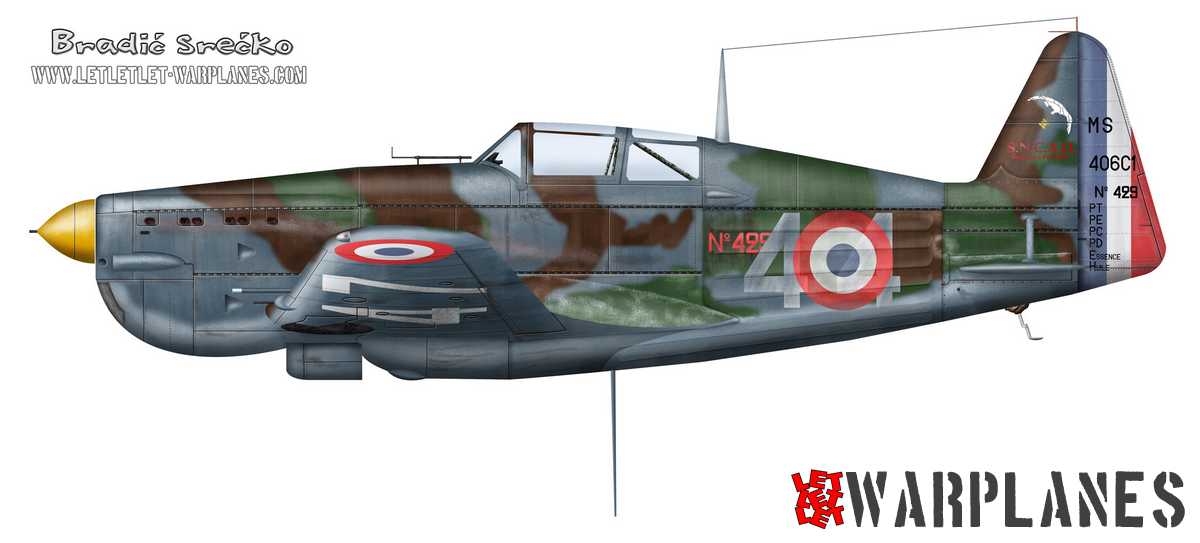
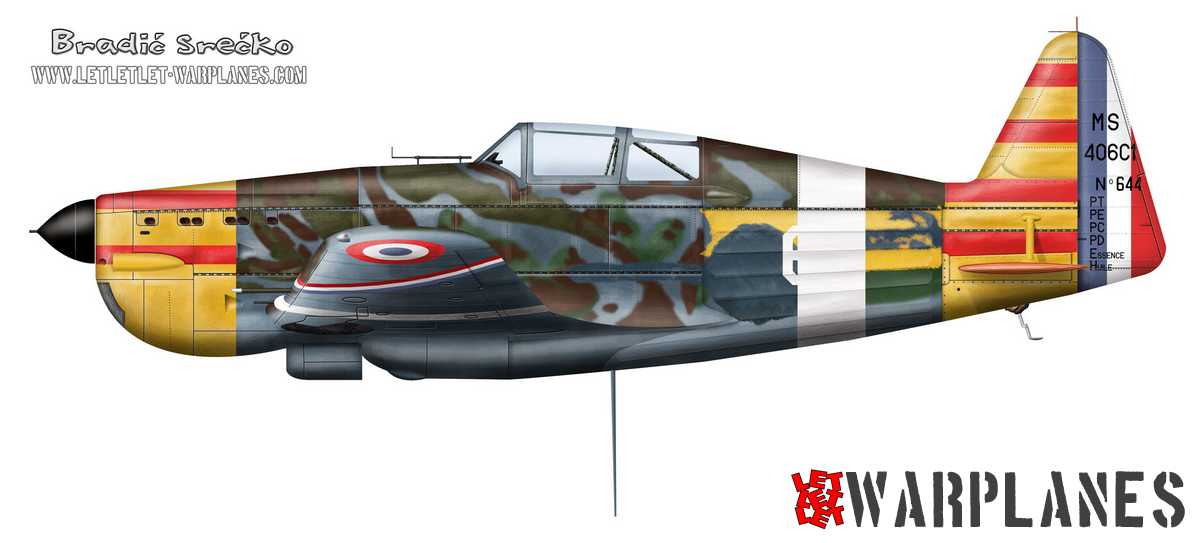
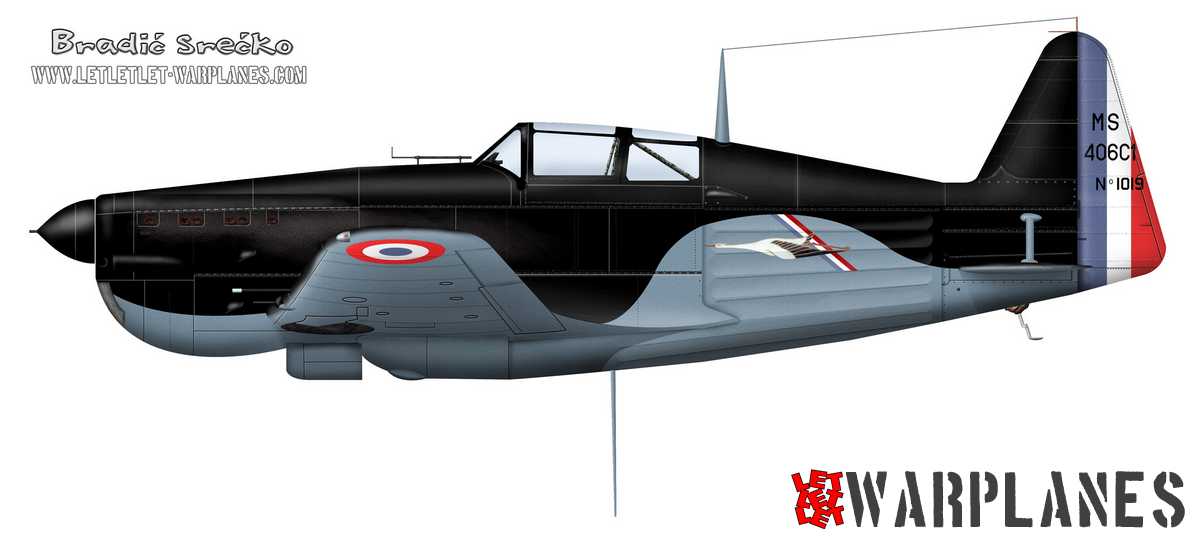
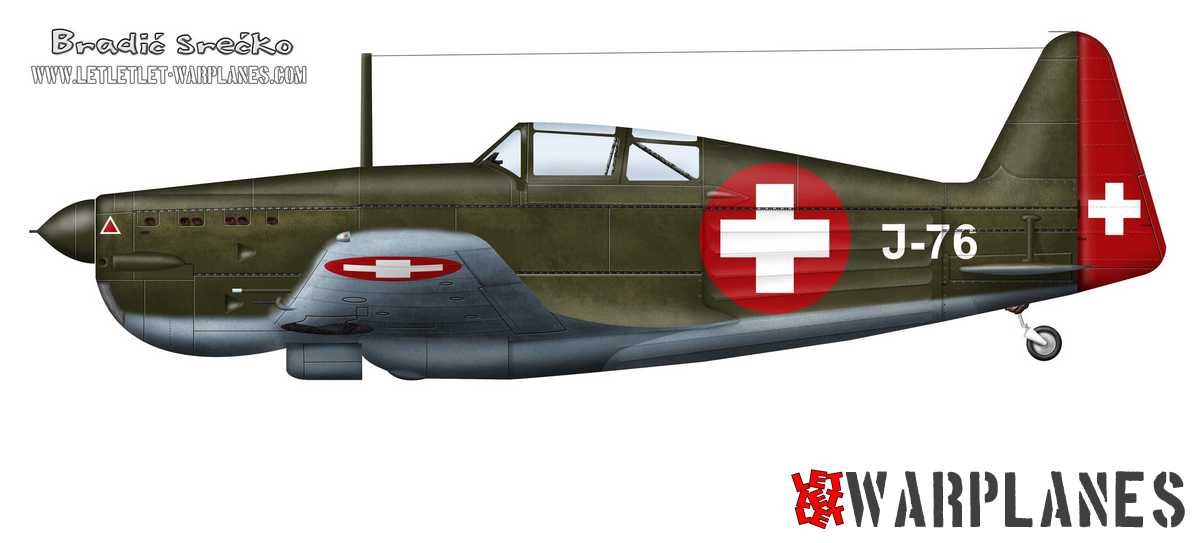
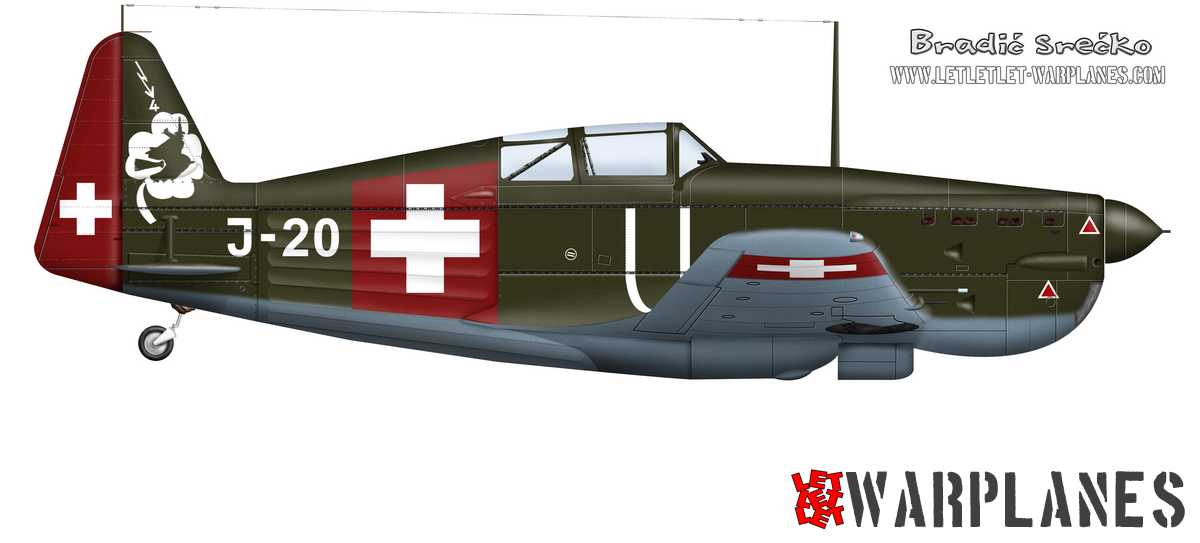
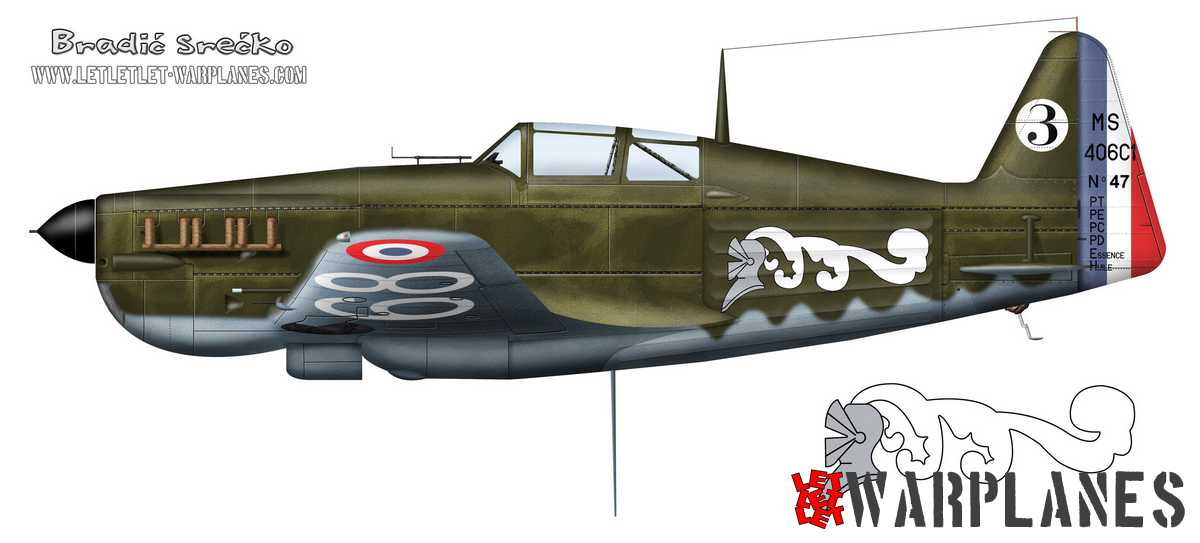

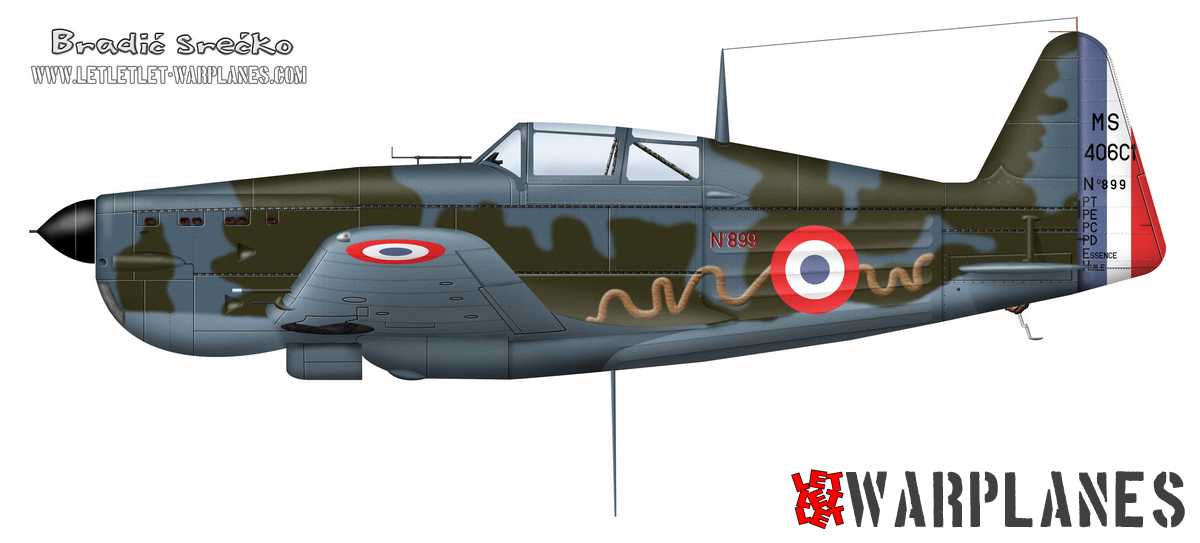
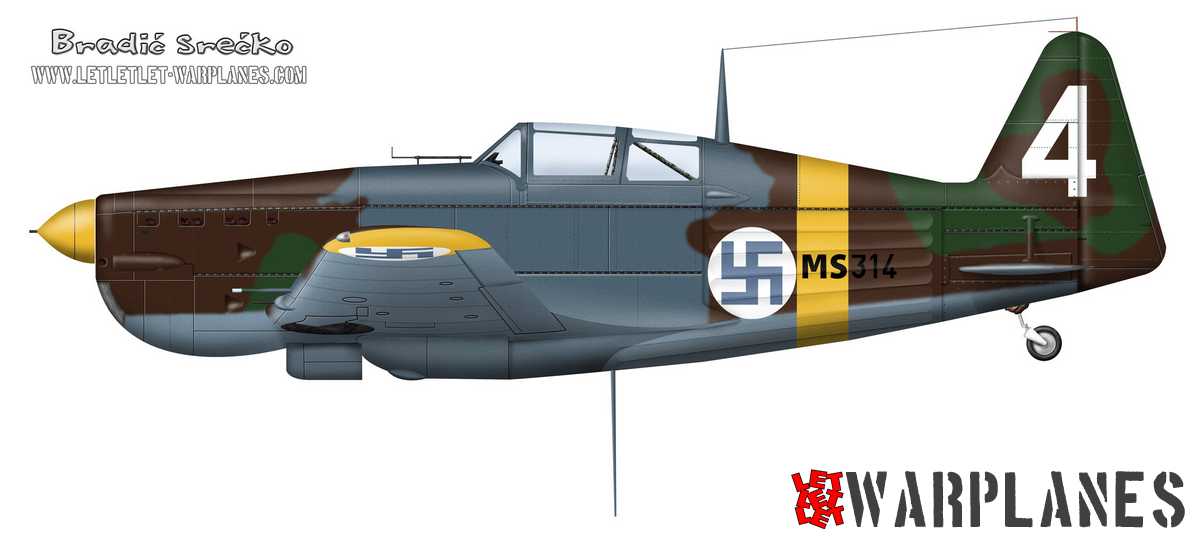
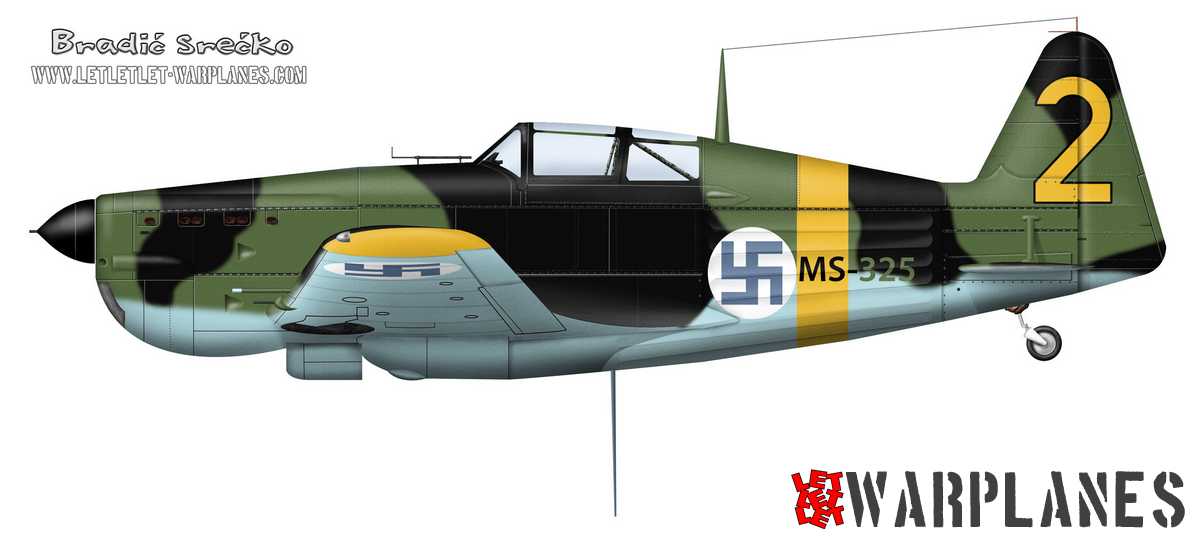
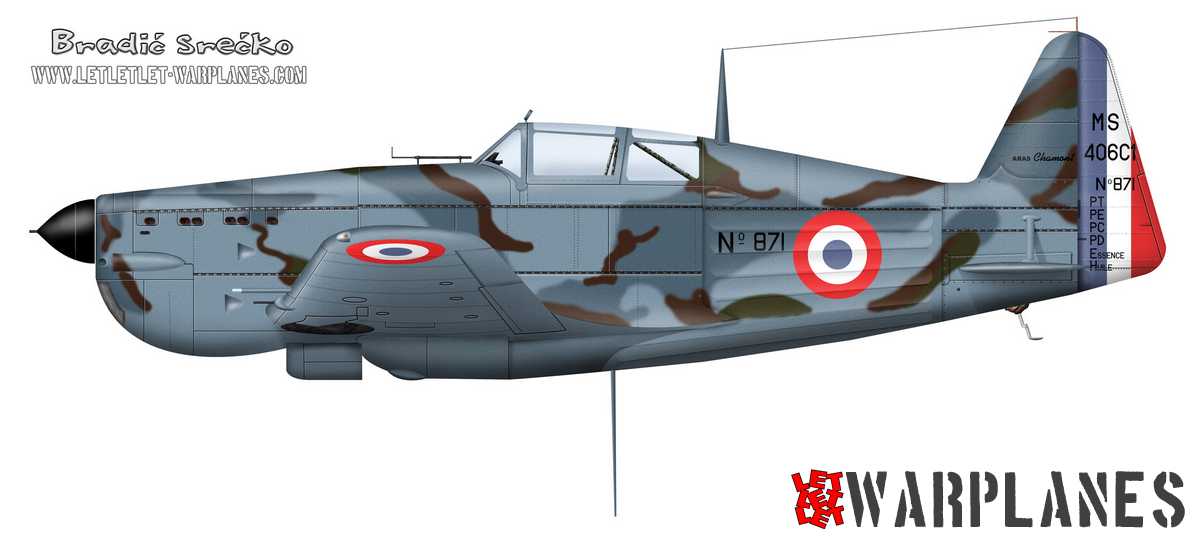
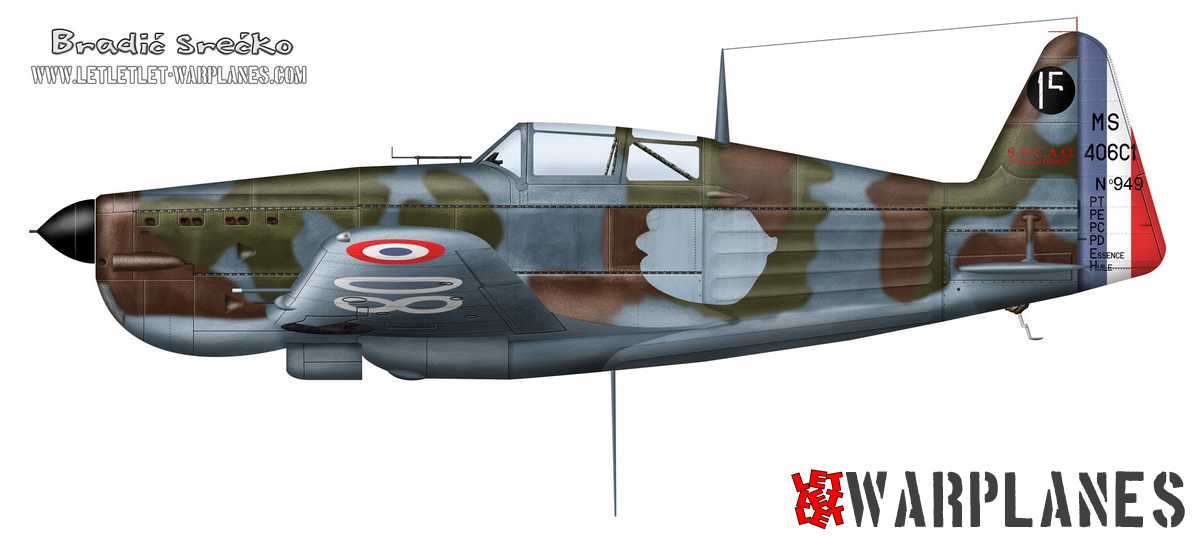
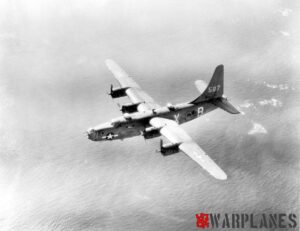
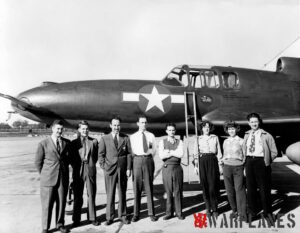
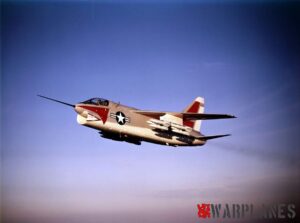
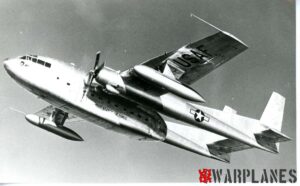
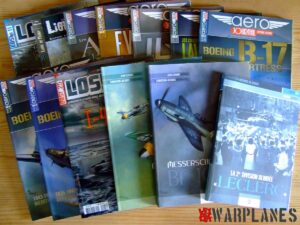
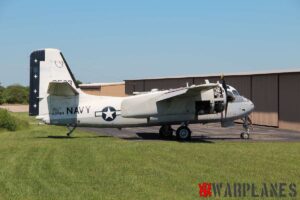
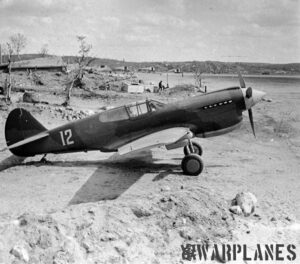
Hi Strecko,
I hope you can understand English. Alternative I can write to you in German and Tscheco.
I’m interested in building airplanes since I was yang.
How I can have look for your work?
Please can you send me some small parts to see more.
Now I’m building MS 406 and Bf 109e in 1:5
Thank youfor you help
Alfred
Hi Alfred,
I understand English a bit but not the other two you have mentioned. To regret I have no anything else specific about this plane and here you have all material. As well you build large scale airplane, I guess you need close up images of the reserved airplane so better contact some museum or collection where specific airplane is held and direct ask for more info.
Regards 🙂
When I was a Teenager, I was snake fascinated with obsolete WWII French Aircraft, my favorites being the bleeding edge 1928 Armoit 143, Cauldron 714, Blosh 151, Leo et Oliver, Curtis Hawk 75, MS 406, Dewotine D520, so I wish you luck luck on your quest to build the perfect MS 406!!!
De Gaul did a huge disservice to the French Nation by claiming the French Military didn’t fight and the resistance did. The truth is actually the opposite. The French military fought back magnificently—-it was done in by stupid Generals, political infighting and corruption. Again, it is too early to discuss WWII until all the players are long departed,
As an American, I am ashamed what we Americans did to the French. Desperate for anything, France was gougied by Curtis to accept their obsolescent Hawk 75s/P 36s. As for the As for the MS 406, it wasn’t a death trap like the Cauldron 714 or a waste of resources like the Blosch MB510-30, nor was it like the brilliant Dewoitane D520. It was in the middle. Yes, the MS 406 had its problems 1. Poor build quality & design—-the canopy would shatter on violent turns, it’s hideous 20mm gun would consistently jam, the panels would fall off in turns and its tail section would rust solid, engines would wear out with very little mileage on them ( no excuse) . I view the MS406 as a slightly weaker version of the Hurricane Fighterwhich was inferior to the ME BF 109E3. Remember, at the 1938 Paris Air Show, the MS406 was judged best fighter in the World beating out the ME BF 109D!!?
No, what did France in was it’s leadership. The head of the French Air Force stands accused of deliberately holding back completed, modern aircraft so that France & England would go down together!!! GEN Weygrand is a serial liar who claimed France lost 1940 because of inferior aircraft which was false. By JUN 1940, France had rid itself out its mid 30s Designs and fought with comparatively modern Aircraft.
Very interesting history and many special photos! Thank you
Very interesting history and many special photos! Thank you